【react學習】關於react框架使用的一些細節要點的思考
阿新 • • 發佈:2017-05-20
through 私有變量 col 層級 -1 turn ech react 子函數 ( _(:3 」∠)_給園友們提個建議,無論是API文檔還是書籍,一定要多看幾遍!特別是隔一段時間後,會有意想不到的收獲的)
這篇文章主要是寫關於學習react中的一些自己的思考:
1.setState到底是同步的還是異步的?
2.如何在子組件中改變父組件的state
3.context的運用,避免“props傳遞地獄”
4.組件類裏有私有變量a,它到底改放在this.a中還是this.state對象中(作為屬性a)呢?
1.setState到底是同步的還是異步的?

 在這裏我們點擊按鈕時,調用handleClick函數,首先調用this.setState()設置value,隨即把this.state.value輸出,結果是什麽?
你可能會想,這還不簡單——“在handleClick裏輸出1”唄,然而你錯了,它的結果為:
在這裏我們點擊按鈕時,調用handleClick函數,首先調用this.setState()設置value,隨即把this.state.value輸出,結果是什麽?
你可能會想,這還不簡單——“在handleClick裏輸出1”唄,然而你錯了,它的結果為:
 事實上,setState()的調用是異步的,這意味著,雖然你調用了setState({value:0}),但this.state.value並不會馬上變成0,而是直到render()函數調用時,setState()才真正被執行。結合圖說明一下:
事實上,setState()的調用是異步的,這意味著,雖然你調用了setState({value:0}),但this.state.value並不會馬上變成0,而是直到render()函數調用時,setState()才真正被執行。結合圖說明一下:
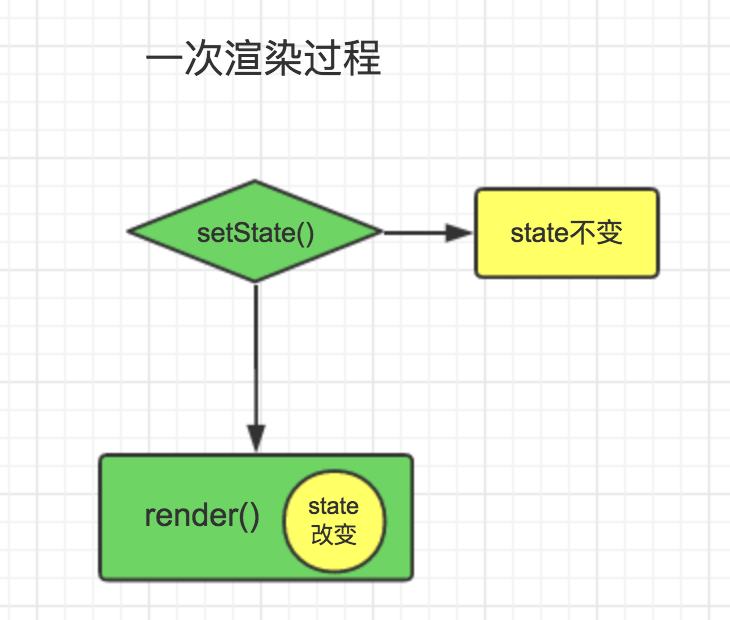 你可能又會問了:要是我在render()前多次調用this.setState()改變同一個值呢?(比如value)
你可能又會問了:要是我在render()前多次調用this.setState()改變同一個值呢?(比如value) 
 那麽輸出結果會是什麽呢?如果setState是同步調用的,那麽結果顯然為
在handleClick裏輸出1
在handleClick裏輸出2
在handleClick裏輸出3
但是結果為:,證明它是異步的
那麽輸出結果會是什麽呢?如果setState是同步調用的,那麽結果顯然為
在handleClick裏輸出1
在handleClick裏輸出2
在handleClick裏輸出3
但是結果為:,證明它是異步的
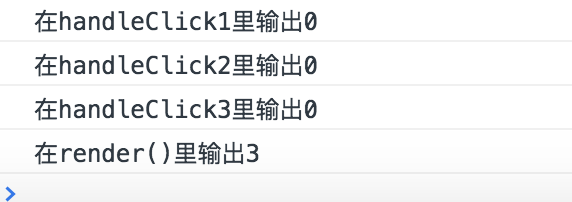 這下好理解了吧,配合這幅圖:
這下好理解了吧,配合這幅圖:


 點擊子組件Son,內容由a變成b,說明父組件的state被修改了
點擊子組件Son,內容由a變成b,說明父組件的state被修改了
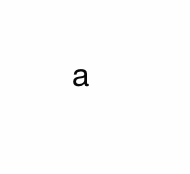

 demo:
demo:
 【(。?`ω′?)雖然聽起來有點怪怪的但是大家別介意哈】
實現是實現了,但你想想,假設不是從“爺爺”組件,而是從“太太太太爺爺”組件傳下來,這多可怕!不過沒關系,react提供了一個叫做context(上下文)的API,你在頂層組件的context中定義的屬性,可以在所有的後代組件中,通過this.context.屬性去引用!讓我們一睹為快:
【(。?`ω′?)雖然聽起來有點怪怪的但是大家別介意哈】
實現是實現了,但你想想,假設不是從“爺爺”組件,而是從“太太太太爺爺”組件傳下來,這多可怕!不過沒關系,react提供了一個叫做context(上下文)的API,你在頂層組件的context中定義的屬性,可以在所有的後代組件中,通過this.context.屬性去引用!讓我們一睹為快:

 demo效果同上!這個時候你發現,我們在<GrandFather>組件和<Father>組件中都沒有向下傳遞props,我們就從最下層的Son組件中獲取了gene屬性,是不是很方便!
解釋下代碼:
getChildContext()是你在頂層組件中定義的鉤子函數,這個函數返回一個對象——你希望在後代組件中取用的屬性就放在這個對象中,譬如這個例子中我希望在Son組件中通過this.context.gene取屬性,所以在getChildContext()中返回{gene:‘[爺爺的基因]‘}
GrandFather.childContextTypes和Son.contextTypes 用於規定頂層組件和取頂層組件context的後代組件的屬性類型
【註意】GrandFather.childContextTypes和Son.contextTypes 這兩個對象必須要規定!否則context只能取到空對象!一開始我犯的這個錯誤簡直讓我狂吐三升血。。。。
有圖有真相之context和props的區別
demo效果同上!這個時候你發現,我們在<GrandFather>組件和<Father>組件中都沒有向下傳遞props,我們就從最下層的Son組件中獲取了gene屬性,是不是很方便!
解釋下代碼:
getChildContext()是你在頂層組件中定義的鉤子函數,這個函數返回一個對象——你希望在後代組件中取用的屬性就放在這個對象中,譬如這個例子中我希望在Son組件中通過this.context.gene取屬性,所以在getChildContext()中返回{gene:‘[爺爺的基因]‘}
GrandFather.childContextTypes和Son.contextTypes 用於規定頂層組件和取頂層組件context的後代組件的屬性類型
【註意】GrandFather.childContextTypes和Son.contextTypes 這兩個對象必須要規定!否則context只能取到空對象!一開始我犯的這個錯誤簡直讓我狂吐三升血。。。。
有圖有真相之context和props的區別
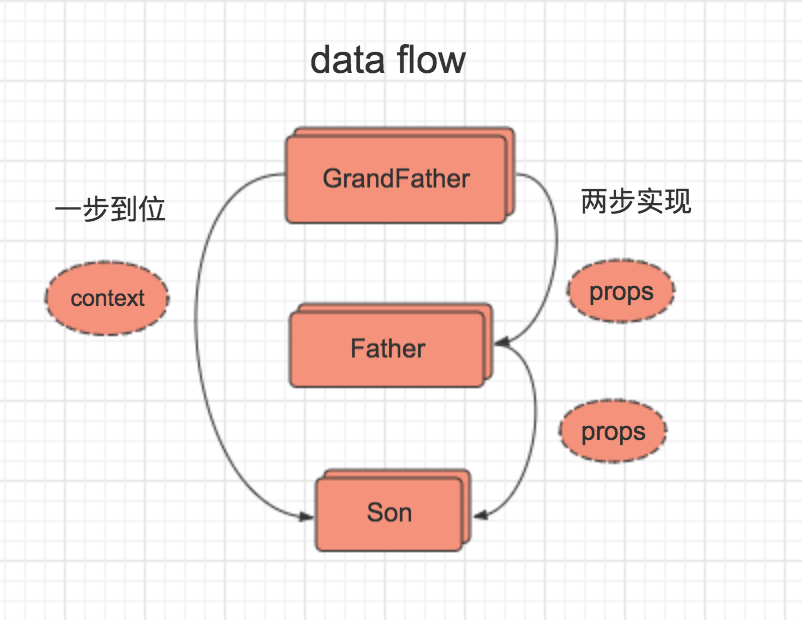 3.2context是否推薦使用?
雖然上面這個例子說明了context多麽好用,但註意:官方並不推薦經常使用它,因為它會讓你的應用架構變得不穩定(官方文檔原話If you want your application to be stable, don‘t use context),在我看來,為什麽在大多數情況下要使用props而不是實現數據流呢,因為props憑借組件和組件間嚴密的邏輯聯系,使得你能夠清晰地跟蹤應用的數據流(it‘s easy to track the flow of data through your React components with props)當然了,如果你遇到上述的例子的情況,context還是大有裨益的
3.3需要改變context中的屬性時候,不要直接改變它,而是使用this.state作為媒介,如果你試圖在頂層組件的state中放入一個可變的屬性你可以這樣做:
3.2context是否推薦使用?
雖然上面這個例子說明了context多麽好用,但註意:官方並不推薦經常使用它,因為它會讓你的應用架構變得不穩定(官方文檔原話If you want your application to be stable, don‘t use context),在我看來,為什麽在大多數情況下要使用props而不是實現數據流呢,因為props憑借組件和組件間嚴密的邏輯聯系,使得你能夠清晰地跟蹤應用的數據流(it‘s easy to track the flow of data through your React components with props)當然了,如果你遇到上述的例子的情況,context還是大有裨益的
3.3需要改變context中的屬性時候,不要直接改變它,而是使用this.state作為媒介,如果你試圖在頂層組件的state中放入一個可變的屬性你可以這樣做:

class MyComponent extends React.Component{
constructor(props) {
super(props)
this.state ={
value:0
}
}
handleClick = () => {
this.setState({value:1})
console.log(‘在handleClick裏輸出‘ + this.state.value);
}
render(){
console.log(‘在render()裏輸出‘ + this.state.value);
return (<div>
<button onClick ={this.handleClick}>按鈕</button>
</div>)
}
}
export default MyComponent
//省略渲染過程,下面也一樣 在這裏我們點擊按鈕時,調用handleClick函數,首先調用this.setState()設置value,隨即把this.state.value輸出,結果是什麽?
你可能會想,這還不簡單——“在handleClick裏輸出1”唄,然而你錯了,它的結果為:
在這裏我們點擊按鈕時,調用handleClick函數,首先調用this.setState()設置value,隨即把this.state.value輸出,結果是什麽?
你可能會想,這還不簡單——“在handleClick裏輸出1”唄,然而你錯了,它的結果為:
 事實上,setState()的調用是異步的,這意味著,雖然你調用了setState({value:0}),但this.state.value並不會馬上變成0,而是直到render()函數調用時,setState()才真正被執行。結合圖說明一下:
事實上,setState()的調用是異步的,這意味著,雖然你調用了setState({value:0}),但this.state.value並不會馬上變成0,而是直到render()函數調用時,setState()才真正被執行。結合圖說明一下:
 你可能又會問了:要是我在render()前多次調用this.setState()改變同一個值呢?(比如value)
你可能又會問了:要是我在render()前多次調用this.setState()改變同一個值呢?(比如value)
handleStateChange1 = () => {
this.setState({value:1})
console.log(‘在handleClick裏輸出‘ + this.state.value);
}
handleStateChange2 = () => {
this.setState({value:2})
console.log(‘在handleClick裏輸出‘ + this.state.value);
}
handleStateChange3 = () => {
this.setState({value:3})
console.log(‘在handleClick裏輸出‘ + this.state.value);
}
handleClick = () => {
this.handleStateChange1();
this.handleStateChange2();
this.handleStateChange3();
} 那麽輸出結果會是什麽呢?如果setState是同步調用的,那麽結果顯然為
在handleClick裏輸出1
在handleClick裏輸出2
在handleClick裏輸出3
但是結果為:,證明它是異步的
那麽輸出結果會是什麽呢?如果setState是同步調用的,那麽結果顯然為
在handleClick裏輸出1
在handleClick裏輸出2
在handleClick裏輸出3
但是結果為:,證明它是異步的
 這下好理解了吧,配合這幅圖:
這下好理解了吧,配合這幅圖:

2.如何在子組件中改變父組件的state呢?
這是我們經常會遇到的問題之一,解決辦法是:在父組件中寫一個能改變父組件state的方法,並通過props傳入子組件中
class Son extends React.Component{
render(){
return(<div onClick = {this.props.handleClick}>
{this.props.value}
</div>)
}
}
class Father extends React.Component{
constructor(props){
super(props)
this.state ={
value:‘a‘
}
}
handleClick = () => {
this.setState({value:‘b‘})
}
render(){
return (<div style ={{margin:50}}>
<Son value = {this.state.value} handleClick = {this.handleClick}/>
</div>)
}
}
 點擊子組件Son,內容由a變成b,說明父組件的state被修改了
點擊子組件Son,內容由a變成b,說明父組件的state被修改了

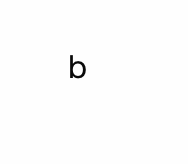

class Son extends React.Component{
render(){
return (<h3 style ={{marginTop:30}}>我從我的爺爺那裏得到了基因--{this.props.gene}</h3>)
}
}
class Father extends React.Component{
render(){
return (<Son gene = {this.props.gene}/>)
}
}
class GrandFather extends React.Component{
constructor(props) {
super(props)
this.state ={
gene:‘[爺爺的基因]‘
}
}
render(){
return (<Father gene = {this.state.gene}/>)
}
}
 demo:
demo:
 【(。?`ω′?)雖然聽起來有點怪怪的但是大家別介意哈】
實現是實現了,但你想想,假設不是從“爺爺”組件,而是從“太太太太爺爺”組件傳下來,這多可怕!不過沒關系,react提供了一個叫做context(上下文)的API,你在頂層組件的context中定義的屬性,可以在所有的後代組件中,通過this.context.屬性去引用!讓我們一睹為快:
【(。?`ω′?)雖然聽起來有點怪怪的但是大家別介意哈】
實現是實現了,但你想想,假設不是從“爺爺”組件,而是從“太太太太爺爺”組件傳下來,這多可怕!不過沒關系,react提供了一個叫做context(上下文)的API,你在頂層組件的context中定義的屬性,可以在所有的後代組件中,通過this.context.屬性去引用!讓我們一睹為快:

class Son extends React.Component{
render(){
console.log(this.context.color);
return (<h3 style ={{marginTop:30}}>我從我的爺爺那裏得到了基因--{this.context.gene}</h3>)
}
}
Son.contextTypes ={
gene:React.PropTypes.string
}
class Father extends React.Component{
render(){
return (<Son/>)
}
}
class GrandFather extends React.Component{
getChildContext(){
return {gene:‘[爺爺的基因]‘}
}
render(){
return (<Father />)
}
}
GrandFather.childContextTypes = {
gene: React.PropTypes.string
};
export default GrandFather
 demo效果同上!這個時候你發現,我們在<GrandFather>組件和<Father>組件中都沒有向下傳遞props,我們就從最下層的Son組件中獲取了gene屬性,是不是很方便!
解釋下代碼:
getChildContext()是你在頂層組件中定義的鉤子函數,這個函數返回一個對象——你希望在後代組件中取用的屬性就放在這個對象中,譬如這個例子中我希望在Son組件中通過this.context.gene取屬性,所以在getChildContext()中返回{gene:‘[爺爺的基因]‘}
GrandFather.childContextTypes和Son.contextTypes 用於規定頂層組件和取頂層組件context的後代組件的屬性類型
【註意】GrandFather.childContextTypes和Son.contextTypes 這兩個對象必須要規定!否則context只能取到空對象!一開始我犯的這個錯誤簡直讓我狂吐三升血。。。。
有圖有真相之context和props的區別
demo效果同上!這個時候你發現,我們在<GrandFather>組件和<Father>組件中都沒有向下傳遞props,我們就從最下層的Son組件中獲取了gene屬性,是不是很方便!
解釋下代碼:
getChildContext()是你在頂層組件中定義的鉤子函數,這個函數返回一個對象——你希望在後代組件中取用的屬性就放在這個對象中,譬如這個例子中我希望在Son組件中通過this.context.gene取屬性,所以在getChildContext()中返回{gene:‘[爺爺的基因]‘}
GrandFather.childContextTypes和Son.contextTypes 用於規定頂層組件和取頂層組件context的後代組件的屬性類型
【註意】GrandFather.childContextTypes和Son.contextTypes 這兩個對象必須要規定!否則context只能取到空對象!一開始我犯的這個錯誤簡直讓我狂吐三升血。。。。
有圖有真相之context和props的區別
 3.2context是否推薦使用?
雖然上面這個例子說明了context多麽好用,但註意:官方並不推薦經常使用它,因為它會讓你的應用架構變得不穩定(官方文檔原話If you want your application to be stable, don‘t use context),在我看來,為什麽在大多數情況下要使用props而不是實現數據流呢,因為props憑借組件和組件間嚴密的邏輯聯系,使得你能夠清晰地跟蹤應用的數據流(it‘s easy to track the flow of data through your React components with props)當然了,如果你遇到上述的例子的情況,context還是大有裨益的
3.3需要改變context中的屬性時候,不要直接改變它,而是使用this.state作為媒介,如果你試圖在頂層組件的state中放入一個可變的屬性你可以這樣做:
3.2context是否推薦使用?
雖然上面這個例子說明了context多麽好用,但註意:官方並不推薦經常使用它,因為它會讓你的應用架構變得不穩定(官方文檔原話If you want your application to be stable, don‘t use context),在我看來,為什麽在大多數情況下要使用props而不是實現數據流呢,因為props憑借組件和組件間嚴密的邏輯聯系,使得你能夠清晰地跟蹤應用的數據流(it‘s easy to track the flow of data through your React components with props)當然了,如果你遇到上述的例子的情況,context還是大有裨益的
3.3需要改變context中的屬性時候,不要直接改變它,而是使用this.state作為媒介,如果你試圖在頂層組件的state中放入一個可變的屬性你可以這樣做:
getChildContext(){
return {type:this.state.type}
}
3.4在上述我限制gene的類型時候我是這樣寫的:gene: React.PropTypes.string,使用了React內置的React.PropTypes幫助屬性,此時我的版本為 "react": "15.4.2",在15.5的版本後這一幫助屬性被廢棄,推薦使用props-types庫,像這樣:
const PropTypes = require("Prop-Types");
GrandFather.childContextTypes = {
gene: PropTypes.string
};
當然,在這之前你需要npm install prop-types
4組件類裏有私有變量a,它到底改放在this.a中還是this.state對象中(作為屬性a)呢?
這得根據它是否需要實時的重渲染決定,如果該變量需要同步到變化的UI中,你應該把它放在this.state對象中,如果不需要的話,則把它放在this中(無代碼無demo)
【完】--喜歡這篇文章的話不妨關註一下我喲【react學習】關於react框架使用的一些細節要點的思考
